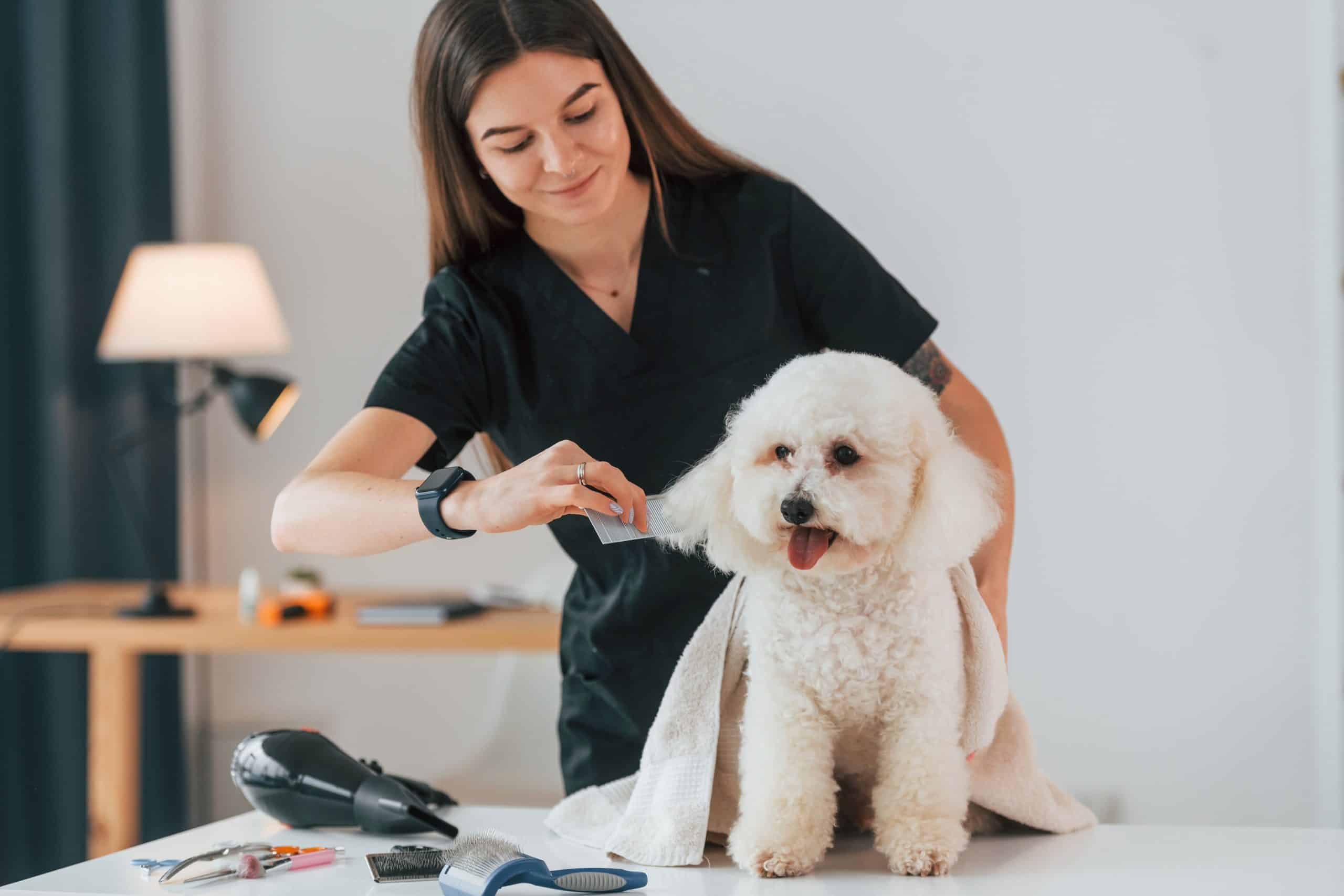There’s something irresistibly charming about a cat with a long, luxurious coat. From the elegant Persian to the regal Maine Coon, long-haired cats are a sight to behold. However, their beautiful hair can sometimes become a source of discomfort when it becomes matted. As owners, you need to understand not just the beauty, but also the challenges of keeping long-haired cats, especially when it comes to grooming their coats. We will delve into the most effective methods to prevent matting and maintain a healthy, shiny coat for your beloved feline.
Understanding Your Cat’s Coat
Before diving into the grooming techniques, it’s crucial to understand your cat’s coat. This understanding will help you provide the best care for your pet’s fur.
Avez-vous vu cela : What’s the Best Technique to Assist a Cat with Grooming as It Ages?
Cats have two layers of hair. The outer layer, or guard hairs, are what we usually see. These are coarse, long, and give your cat its unique color. Underneath is a layer of softer, shorter undercoat. This undercoat acts as insulation, helping your cat regulate temperature.
Long-haired cats have more of these undercoat hairs than short-haired ones, making them more prone to mats. Mats are clumps of hair that have tangled into each other, becoming tight and difficult to remove. Without prevention or treatment, these mats can pull on the skin, causing discomfort or even pain to your pet. They can also trap dirt and parasites, leading to skin infections.
A voir aussi : How to Teach Your Dog to Use a Pet Door with Confidence?
The Importance of Regular Brushing
One of the best ways to prevent matting is through regular brushing. Brushing helps remove loose hairs before they can form mats. It also helps distribute the cat’s natural oils, promoting a healthy, shiny coat.
The type of brush you use matters. A slicker brush, which has thin, short wires close together, is ideal for removing loose hairs. For cats with thicker undercoats, an undercoat rake is beneficial. This type of comb has longer teeth designed to reach the undercoat without damaging the guard hairs.
While brushing frequency will depend on your cat’s breed and coat condition, a general guideline is to brush long-haired cats daily. Create a grooming routine, and stick to it. Cats are creatures of habit, and your pet will soon look forward to these grooming sessions.
Dealing with Mats
Despite your best efforts, your cat may still develop mats. When dealing with mats, it’s important to remember not to use scissors. Cutting a mat out can risk injuring your pet’s delicate skin.
Instead, use a mat splitter or a dematting comb. These tools are designed to safely cut through mats and tangles, allowing you to remove them without causing discomfort to your pet. Work slowly and gently, holding the base of the mat to prevent pulling on the skin.
If a mat is too close to the skin, or if your cat becomes too stressed, it may be better to visit a professional groomer. They have the skills and tools to safely remove mats without hurting your cat.
Baths and Shampoos
Bathing can also help maintain your cat’s coat. However, remember, cats aren’t fond of water, and baths should only be done when necessary, such as when your cat’s coat becomes particularly dirty, or when advised by a vet.
When bathing your cat, use a high-quality cat shampoo that can help prevent matting, such as those that contain conditioners. These products can smooth the hair shaft, making it more difficult for hairs to tangle into mats. After the bath, thoroughly dry your cat’s coat to prevent tangles.
Dietary Considerations
Lastly, remember that a healthy coat starts from the inside. Your cat’s diet plays a vital role in the health of its coat. Omega-3 and Omega-6 fatty acids, which are found in high-quality cat food, can help promote a shiny, healthy coat. If necessary, consult your vet about dietary supplements.
While grooming can seem like a daunting task, with patience and regular care, you can keep your long-haired cat’s coat free from mats, leaving it healthy and beautiful. Your pet will surely thank you for it.
Professional Grooming Services for Long Haired Cats
In some instances, caring for a long-haired cat’s coat may prove to be quite a challenge. This is where professional grooming services come into play. Calling on the services of professionals isn’t an admission of defeat but rather a proactive step in ensuring your cat’s utmost comfort and wellbeing.
Professional groomers are skilled in handling different types of cat coats, including dealing with matted fur and providing thorough grooming services that home grooming may miss. They are equipped with specialized tools designed for long hair coats and have the expertise to use them without causing harm to your pet’s delicate skin.
Additionally, professional grooming services often include a holistic approach to cat grooming. This includes ear cleaning, trimming of the nails, and even teeth cleaning. Regular visits to the groomer can help keep track of your cat’s overall skin and coat health, alerting you to any changes such as skin infections or parasites.
While professional grooming may seem like an added expense, the benefits it brings to your cat’s health and comfort are immeasurable. If your long-haired cat’s coat becomes too difficult to manage, don’t hesitate to enlist the services of a professional groomer.
The Key Takeaways for Maintaining a Long-Haired Cat’s Coat
In conclusion, maintaining a long-haired cat’s coat isn’t a task to be taken lightly. The responsibility goes beyond regular brushing and extends to understanding the structure of your cat’s coat, tackling mats safely, providing baths and using the right shampoos, considering dietary influences and, when necessary, seeking professional grooming help.
Remember, the goal isn’t just to keep your cat looking nice. More importantly, these grooming efforts are geared towards ensuring your pet’s comfort and health. Matted fur is more than just unsightly; it can cause discomfort, pain, and lead to skin infections. Regular grooming is a preventive measure that can help keep such issues at bay.
It’s crucial to establish a routine and stick to it. Regular brushing not only helps prevent matted fur but also serves as a bonding activity for you and your cat. Remember to use the right tools, such as a slicker brush or an undercoat rake for brushing, and a mat splitter or a dematting comb for dealing with mats.
When bathing your cat, choose high-quality cat shampoos with conditioner to prevent tangling and matting. Dietary considerations are also crucial, as a healthy diet can contribute to a healthy, shiny coat.
With dedication, patience, and the right approach, you can effectively manage your long-haired cat’s coat and keep it mat-free, healthy, and beautiful.













